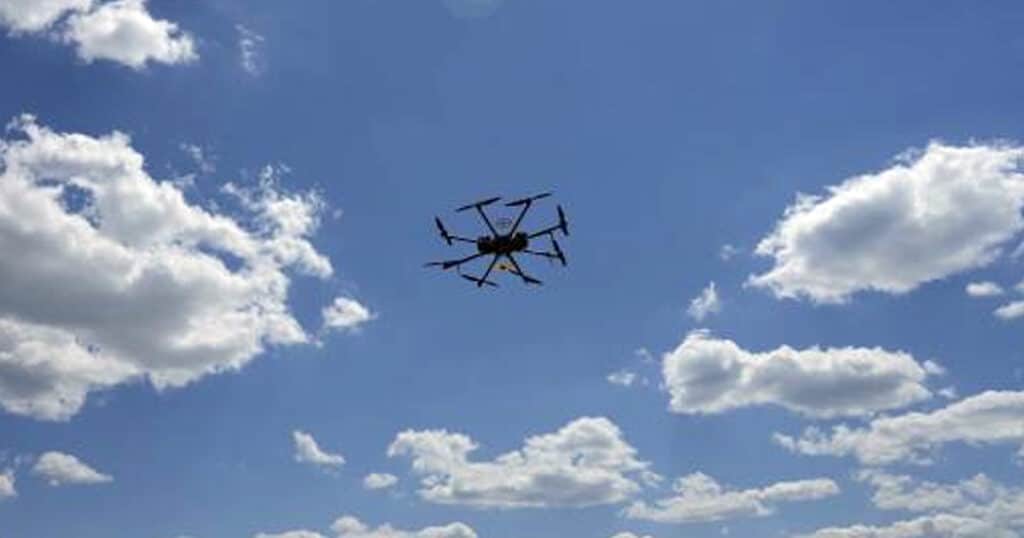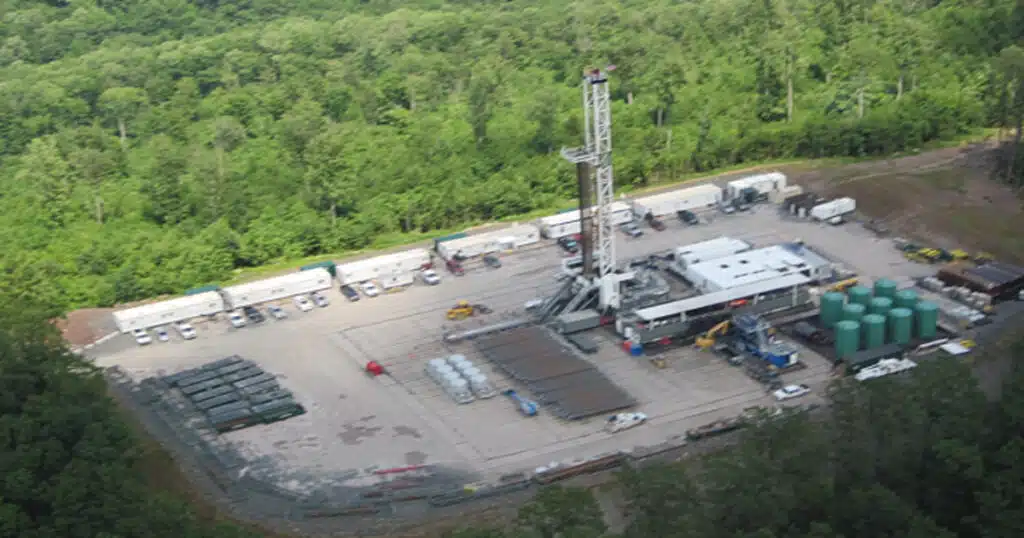
The Urgent Need to Deploy C-UAS Technology Domestically
The United States confronts a critical imperative: safeguarding its borders, strategic defense installations, and domestic critical infrastructure against the escalating threat posed by illegal drone infiltrations. This month, General Gregory Guillot, Commander of NORAD, told congress that over 1,000 drone incursions into U.S. airspace occur from the southern border every month. As unmanned aerial vehicles proliferate, the Department of Homeland Security (DHS) and the Department of Defense (DOD) find themselves engaged in a relentless battle for supremacy in the skies. What is urgently required is not merely heightened vigilance, but the swift operationalization of low or no collateral kinetic effectors capable of decisively neutralizing unmanned aerial systems (UAS).
UAS present a multifaceted threat to the security of U.S. borders, exploiting their nimbleness and versatility to bypass traditional defenses. Along the southern border, illegal drone incursions have become a favored tactic for smuggling people and contraband, including drugs and weapons, into the country. According to CBP, human smugglers are using small UAS to surveil agents on patrol, enabling them to evade ground detection. Some reports suggest the cartels are even conducting surveillance of agents themselves which presents a significant risk to law enforcement and their families. The ability of UAS to evade detection systems and navigate rugged terrain makes them formidable adversaries in the hands of criminal actors seeking to exploit vulnerabilities in border security.
At U.S. military installations, the proliferation of UAS poses a grave risk to national defense capabilities. A recent media report indicates Langley Air Force Base experienced waves UAS incursions throughout December 2023. Drones equipped with surveillance payloads can gather intelligence on military activities, infrastructure, and personnel movements, compromising operational security and potentially enabling hostile actors to plan and execute attacks with greater precision against U.S. military assets and personnel.
The menace of unmanned aerial systems extends beyond traditional security perimeters to encompass the nation’s domestic critical infrastructure. Power plants, water treatment facilities, communication networks, transportation hubs, and even private industry trade secrets are all vulnerable to disruption or sabotage by drones operated by malicious actors. The potential for coordinated drone attacks to cripple essential services and infrastructure highlights the urgent need for robust countermeasures to detect, track, and neutralize rogue UAS threats before they can inflict catastrophic damage on the nation’s economy, public safety, and national security.
The imperative of employing low or no collateral kinetic effectors to safeguard U.S. borders, military installations, and domestic critical infrastructure cannot be overstated in the face of this escalating threat. Traditional countermeasures such as interception or electronic jamming, while effective to some extent, often entail significant collateral damage or risk escalation. Low or no collateral kinetic effectors offer a targeted, proportionate, and cost-effective response, enabling authorities to neutralize rogue drones swiftly and decisively while minimizing the risk to innocent bystanders, surrounding infrastructure, and the environment.
At U.S. borders, where illegal drone incursions serve as conduits for smuggling and illicit activities, the use of low or no collateral kinetic effectors can disrupt nefarious operations without jeopardizing the safety of nearby communities or causing unintended harm to wildlife and natural habitats. By swiftly incapacitating intruding UAS with minimal collateral damage, low or no collateral effect kinetic interceptors bolster force protection measures and uphold the integrity of national defense capabilities.
With respect to domestic critical infrastructure, where the stakes are nothing short of national resilience and public safety, the deployment of these advanced countermeasures and detection methodologies is indispensable. By effectively neutralizing rogue drones threatening vital infrastructure assets commonly present in densely populated civilian areas, low or no collateral kinetic effectors mitigate the risk of disruptive or destructive attacks that could have far-reaching consequences for economic stability and societal well-being. The strategic implementation of these cutting-edge technologies represents a linchpin in the comprehensive defense strategy aimed at fortifying the nation’s borders, military installations, and critical infrastructure against the evolving threat landscape.
Operators within DHS and DOD are acutely aware of the urgent necessity for a counter-UAS low or no collateral effect kinetic interceptor and requisite detection assets such as purpose built UAS detection radar, that seamlessly integrates with existing tools. Faced with an increasingly sophisticated array of drone threats, these operators recognize the critical gap in their defensive capabilities and the pressing need for a swift and decisive response. There also exists a consensus within these organizations that action must be taken to move beyond the research and development phase. Policy implementation and procurement initiatives are imperative to expedite the adoption of low or no collateral kinetic effectors into operational use.
Only by bridging this gap and empowering frontline personnel with advanced countermeasures can DHS and DOD effectively safeguard national security interests against the pervasive menace posed by unmanned aerial systems. Departmental leadership, budget directors, and general counsel can no longer afford to be the long pole in the tent towards mitigating these threats.
Brian J. Cavanaugh served on the National Security Council from 2018-2021 as the Senior Director for Resilience and is currently the Senior Vice President of Homeland Security and Technology at American Global Strategies, a firm founded by former National Security Advisor Robert O’Brien.
This article was originally published by RealClearDefense and made available via RealClearWire.



